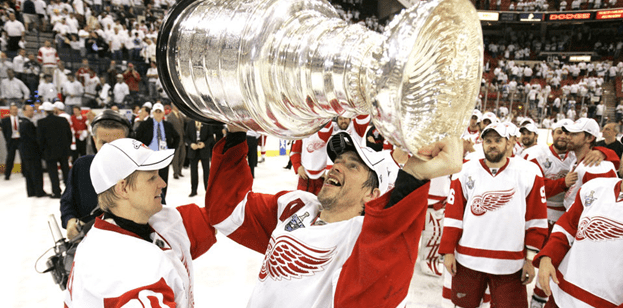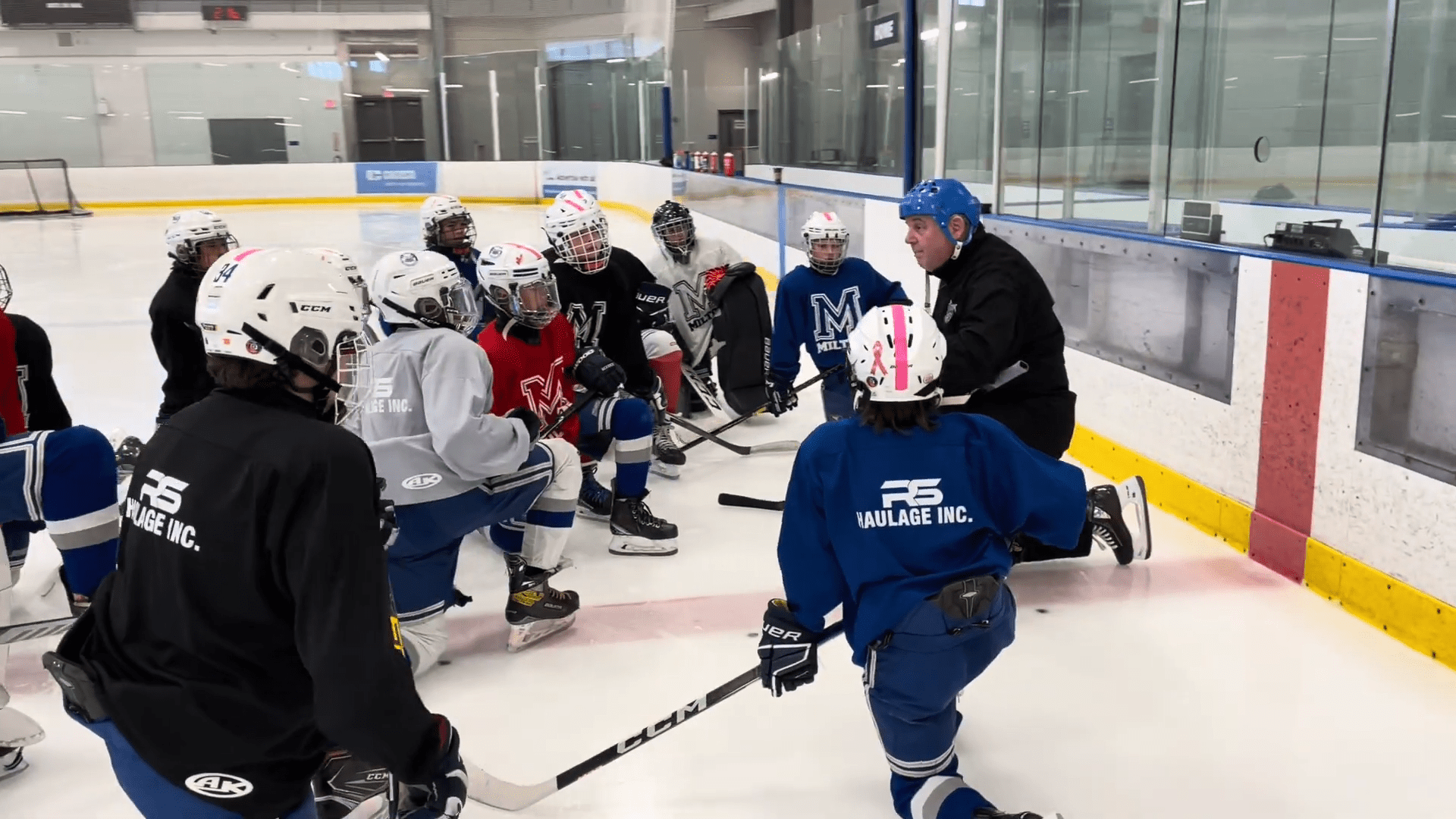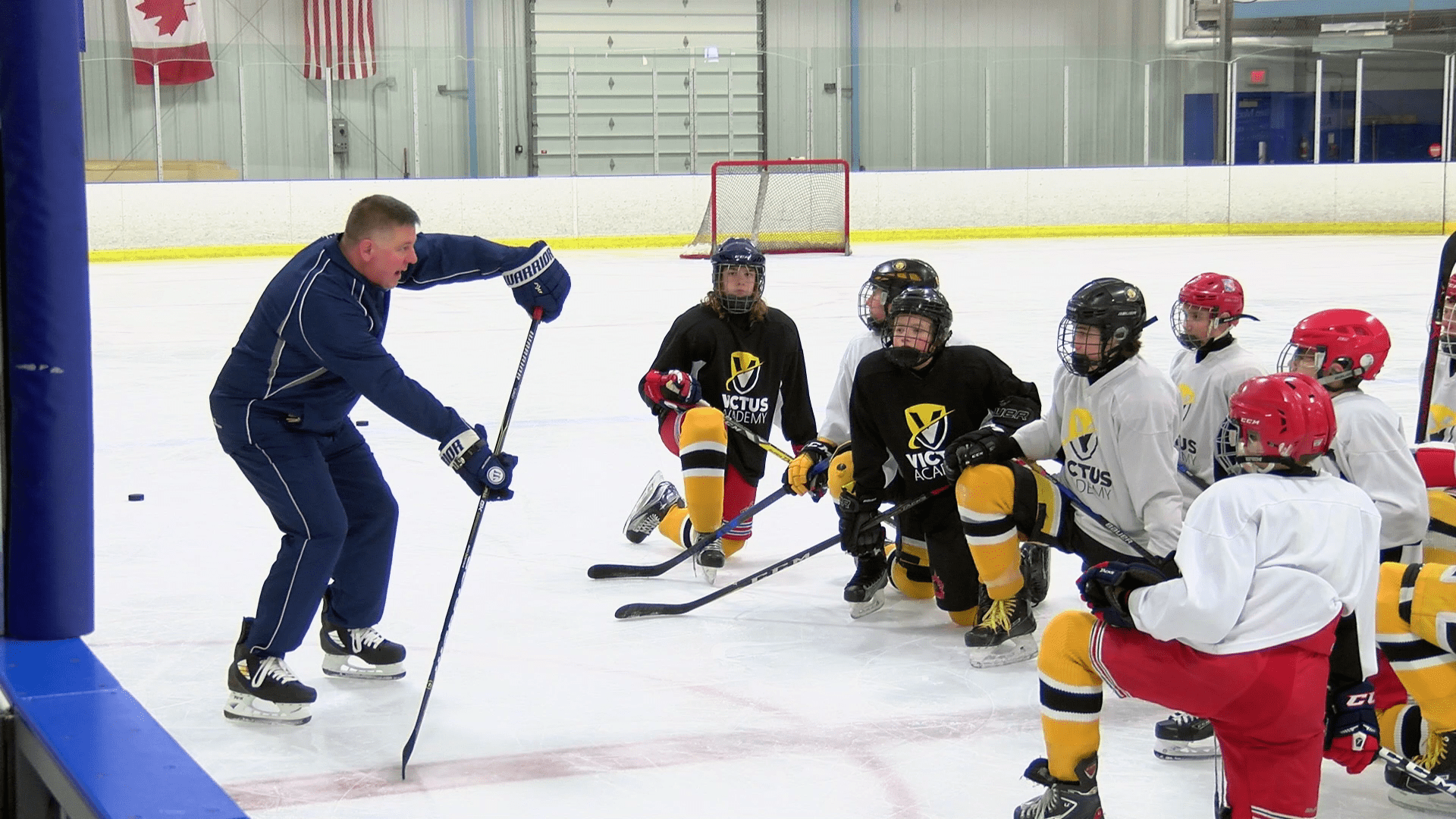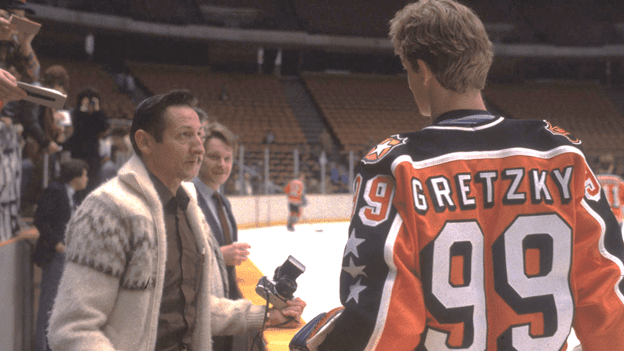In the world of professional sports, scouts are one of the most important people in an organization. They are a fundamental part of talent evaluation for the future of the franchise, and they see more games and videos of players than anyone else in hockey. A hockey scout operates in the background. Think about all 32 NHL teams, can you name their scouts? More likely, you’ll be able to name some general managers, coaches, and of course the players. But scouts? Only the most avid hockey fans would know their organization that well!
What is the Role of the Hockey Scout?
So what is the role of the scout? The goal of their work is a forward-looking process. Think about where the franchise is at right now, and where they will be in two, five, or ten years. What kind of talent will they need? Are major contracts coming up where the organization can fill those roster spots with youth? Does the free agent class for goaltenders look particularly shallow in a few years? If that is the case, the organization may want to draft a goalie in the draft and develop the talent from within.
Proper talent evaluation and planning can set the franchise up for years. But there is more to a scout than just going to watch hockey games. Some scouts will focus on junior or college players and who is coming down the pipe for the NHL draft. Others will keep an eye on other professional leagues around the world, where NHL teams may be able to work on signing an unknown player, or at the very least drafting them.
The Detroit Red Wings come to mind here. The team sent their head of European Scouting Hakan Andersson to Russia to scout defenseman Dmitri Kalinin. After watching the game Andersson noticed Datsyuk more than Kalinin. Andersson made the effort to go to watch Datsyuk again, a process that required obtaining a travel visa each time he entered the country. When Andersson made his case to the Red Wings front office, they trusted his judgment and selected Datsyuk.
The rest is history: Datsyuk helped the Wings to two Stanley Cups, he won four consecutive Lady Byng trophies for the best sportsmanship in the NHL, and three consecutive Selke trophies for the best defensive forward. If Andersson hadn’t traveled to the far reaches of Russia to watch the games in the minor leagues, Datsyuk may have never been discovered. Andersson’s is an example of a scout gaining complete trust at all levels of the organization. He also went on to scout former captain Henrik Zetterberg, Johan Franzen, and Tomas Holstrom all from his native Sweden.
Who Are Hockey Scouts?
Generally, hockey scouts are people who have been around the game, and have some experience both playing and coaching. Talent evaluation is a major part of the job, so it definitely helps to have been a player at some high level. A lot of scouts around the NHL are ex-players, and having that eye for what intangibles a player possesses at such a young age, is key to their development into professional players.
What do Scouts Look For?
After a certain level, most players are highly skilled, so scouts definitely need to watch for what sets these players apart from the pack. Of course, hockey scouts look for what the player can do on the ice: skating, shooting, hockey sense, finishing checks, and effort are all things that can help a scout take notice of a specific player. We know for Andersson, he noticed that Datsyuk was incredibly skilled at anticipating the moves of his opponents, and breaking up plays with his stick. That kind of hockey sense is not always teachable, so if a player can come with that inherent skill, it’s less work for the organization in the long run.
Another side to player evaluation is how that player acts and carries himself off the ice. Andersson was intrigued by Datsyuk after he brought a Russian translator with him to speak with Datsyuk following the game, but Datsyuk refused. For some scouts that could have been a red flag that the player has some personality issues off the ice, or just isn’t interested in playing in the NHL. Luckily for Red Wings fans, Andersson persisted and went back to watch Datsyuk again.
Scouts also need to see if the player’s game is transferable to the NHL. Hockey in Europe is so different from hockey in North America, with larger rink sizes, less physicality, and less dumping and chasing. Andersson had to determine if Datsyuk’s skill set translated to the NHL game. He noted that Datsyuk was small, but that he was strong on his skates, even though his skating technique was unorthodox. Remember, players in these remote minor Russian leagues are not really comparable to NHL opponents, so success in Europe does not necessarily mean success in the NHL.
How do you become a Hockey Scout?
Being a hockey scout sounds like a fun job, but there’s a lot of hard work that goes into it as well. First, you’ll definitely have to put your time in with an organization and get the front office and executives to trust your judgment.. For as many success stories of players like Datsyuk come out of the NHL draft, there are likely ten or twenty times as many stories of draft picks being failures. We’ve seen entire scouting groups be relieved from their positions if a team struggles for an extended period of time.
So for those who want to become hockey scouts, just don’t expect to be hired in the NHL from off the streets. Being an NHL level scout takes years of recognition and trust, and it certainly helps to have played the game at the highest level. You need a great eye for talent and that extra ability to recognize true talent in an environment completely different from the NHL. Andersson most likely had many failures as a scout, but for these few successes he had, the Red Wings won multiple Stanley Cups and dominated the NHL for more than a decade.






